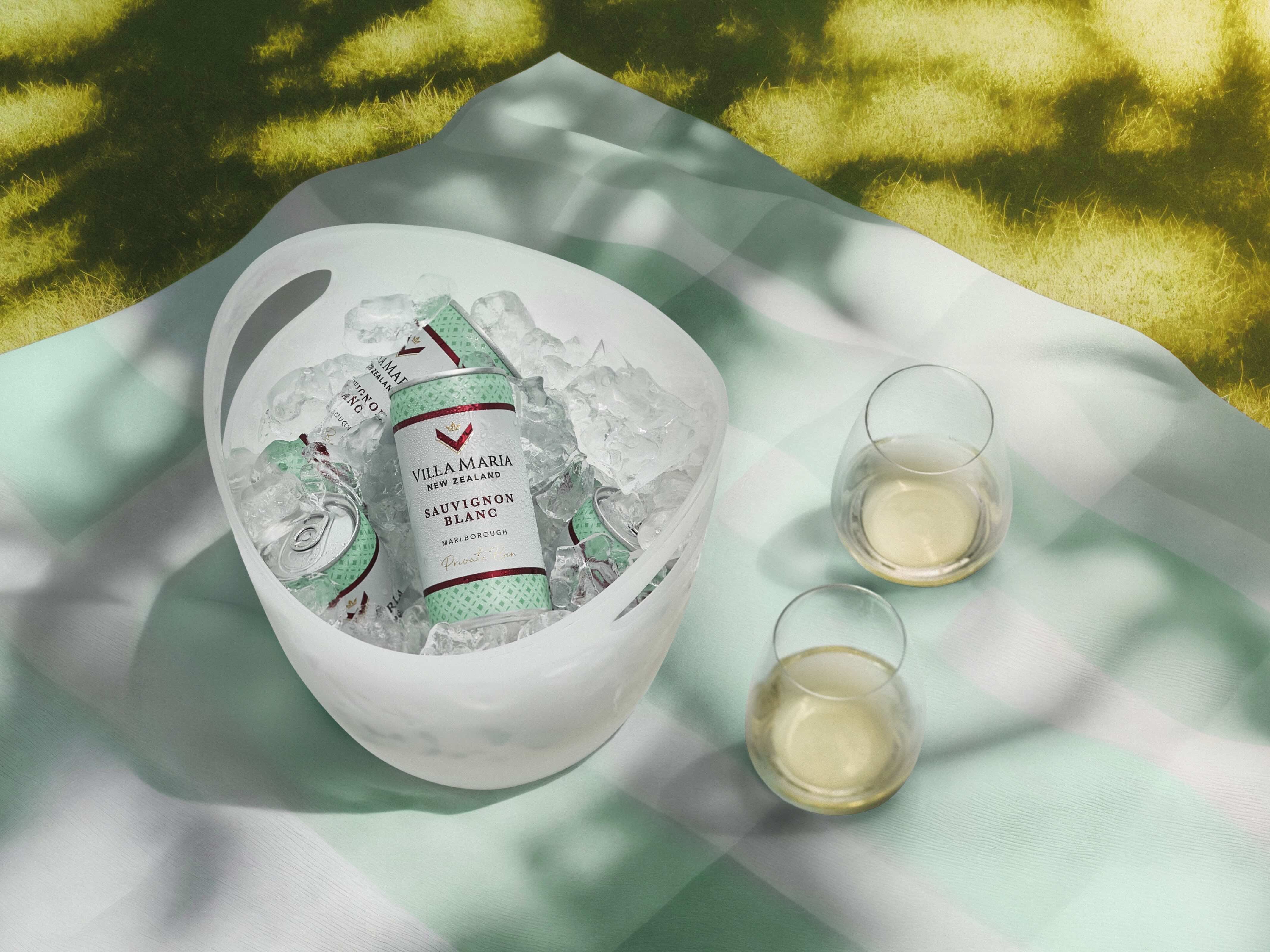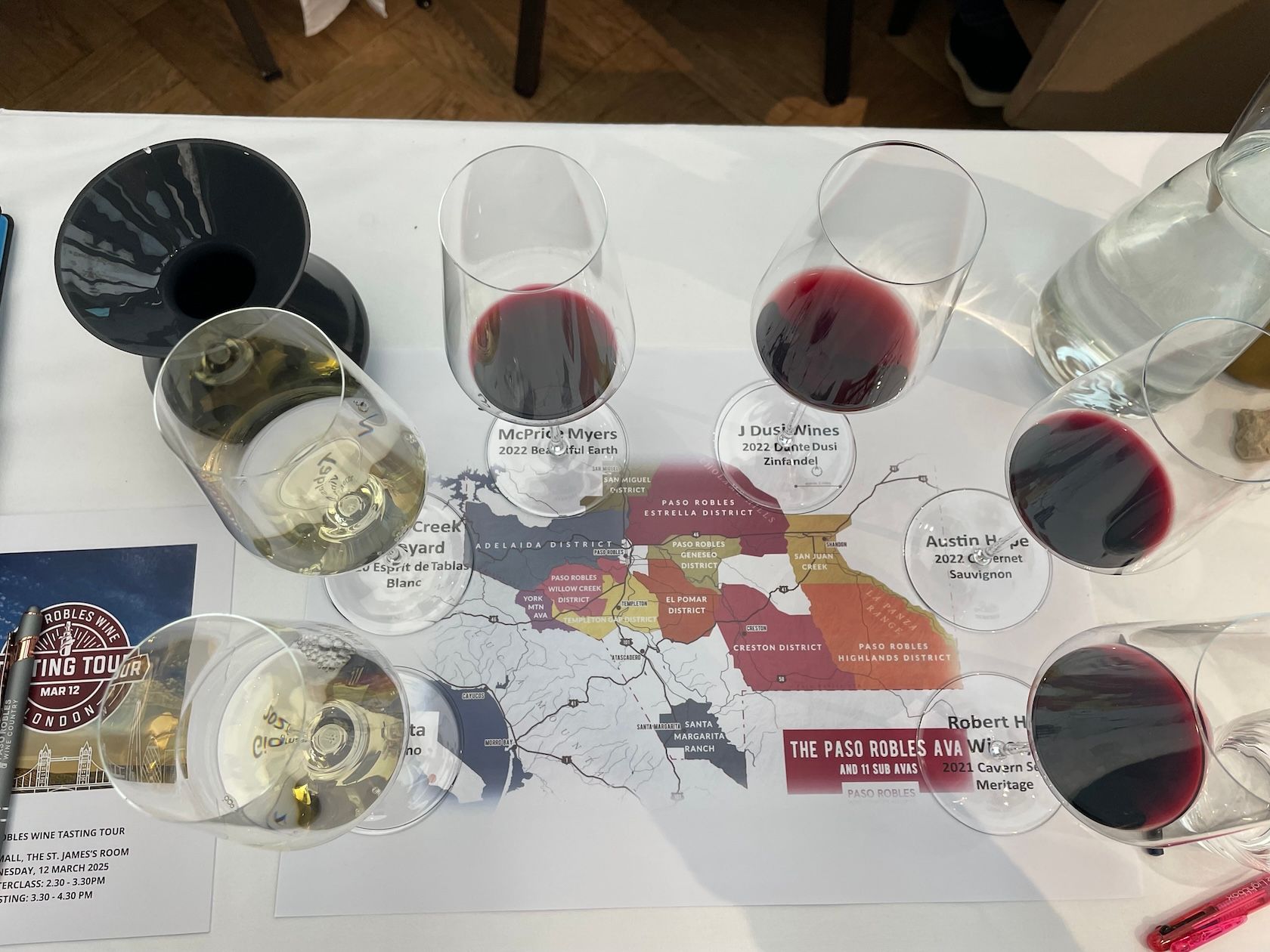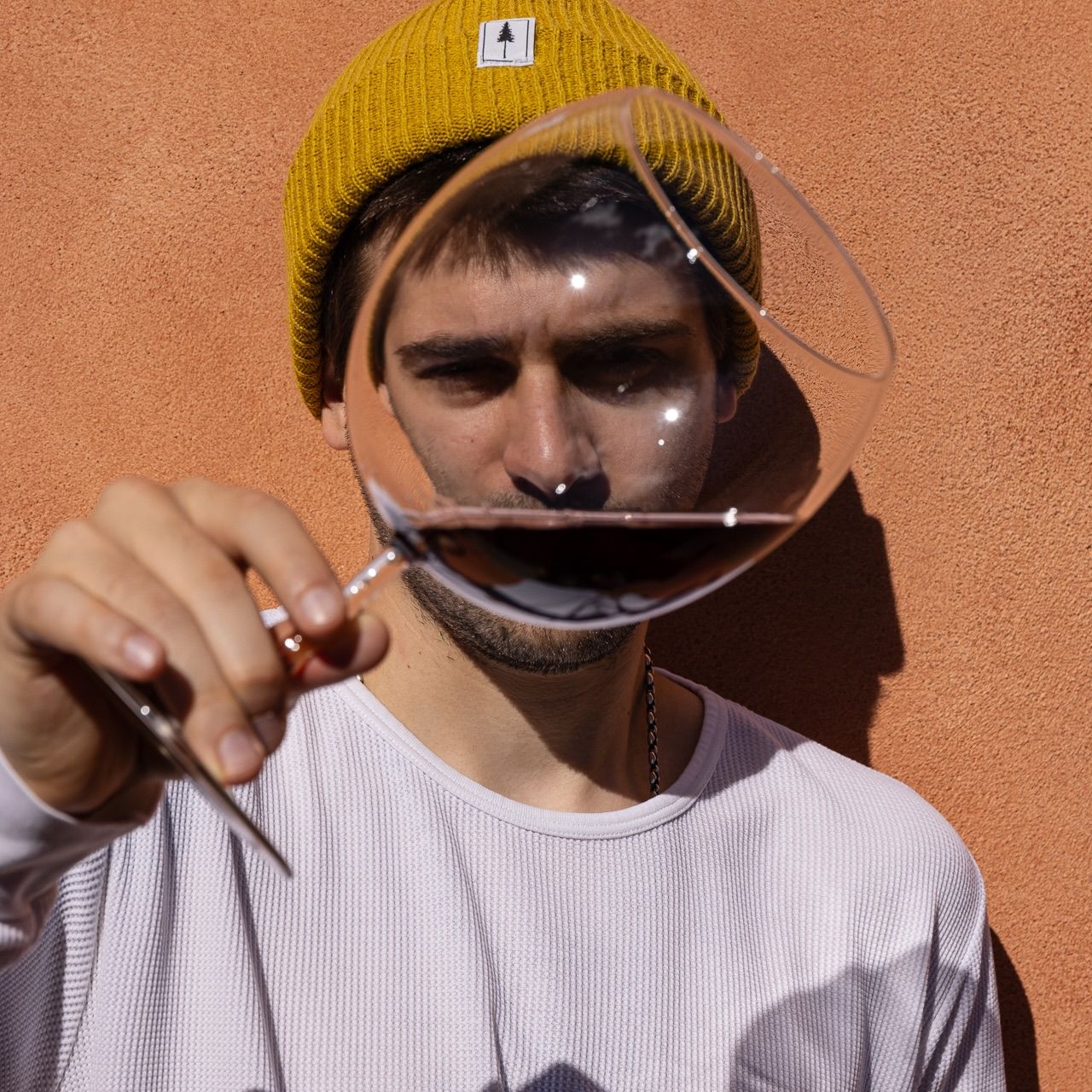Here’s a teaser for you. When was the last time you came across a genuinely new spirit? A product that you have not seen or even read about before.
We’re not talking about an adaptation of an existing spirit base, but creating a liquid that has not been seen before. At least not in our lifetimes.
Step forward the very creative chaps behind Sweetdram. They describe themselves as a “viral distilling collective” that don’t own a distillery of their own but will go to the most relevant place in the world to work in partnership with more established distillers. A concept adapted from ‘gypsy brewing’ in the US where craft brewers will borrow and team up with larger brewers so that they are able to bring their ideas to life.
They are also what you might call modern day Indiana Jones-style distillers willing to go back in time to find ancient and historical spirit recipes and bring them back to life with their own modern interpretations.
When we say spirit, we’re actually talking liqueurs here. Liqueurs that might have existed in their day in a form very different to what Sweetdram are now looking to produce. But crucially they want, as their mission statement says, to “make Liqueurs we want to drink”.
It is all the idea of Andrew MacLeod Smith and Daniel Fisher. They met whilst doing a distilling degree at university.
Prior to taking up distilling MacLeod Smith had gone to film school in New York where he clearly learnt the trick of telling a good story.
Which, trust me, is what Sweetdram is all about. They are not only creating completely new products, they are encouraging us to totally reappraise what we think of as a liqueur. Or a spirit.
Or in their own words: “Liqueurs that can be sipped slowly, and enjoyed, or mixed with ease.”
They want to create drinks that allow us to re-capture some time for ourselves. To sit, like they do in those remote bars in French, Spanish or Italian villages, quietly reflecting on life over their favourite aperitif.
Introducing Escubac

A liqueur but not as you know it…
Their first creation encapsulates what Sweetdram is all about. Escubac is their interpretation of an old French medicinal liqueur.
It is also pitched as a very different, but equally refreshing alternative to a gin and tonic. Something to genuinely to spice up that back bar.
But it is also designed to sip on its own or with ice.
It is made from 14 botanicals including caraway, cardamom, nutmeg and citrus.
It is hard to describe as it really does not taste like anything else you may have had. Albeit it does partly remind me of those sweet medicines you used to take as a child. Hence its French medicinal roots.
That touch of sweetness comes from raisins, vanilla and a small amount of sugar that is added after the distillation process.
That need for precision and authenticity in the distilling process is carried through to the bottle design and packaging. It not only deliberately evokes images of old medicine bottles but also the label design takes that a step further.
The Sweetdram team and their US designers looked back to the roots of the word ‘dram’ and found that as well as being a small measure of an alcoholic drink, it was also a coin and unit of weight in Ancient Greece.
In apothecaries they would use it as a unit for both mass and volume. Hence they have tied the geometry of the dram in to the logo design with the shapes recomposed with various colours/patterns on the label.
How it works
Sweetdram operates in two ways. Development work is carried out in its test workshop in Dalston, East London. But the actual distilling ideally takes place in situ at wherever is relevant to the drink they are making.
So as Escubac’s roots lie in France, around the Loire area, the Sweetdram team approached legendary liqueur distiller, and triple sec pioneers, Distillerie Combier in Saumur.
By making the spirit there not only does it give the liqueur as sense of place, a terroir if you like, it also allowed Sweetdram to work with the distillery’s ancient copper stills.
It is one thing creating a genuinely interesting and different product, it is quite another getting the trade, first, and then drinkers interested in buying it.
But, not surprisingly, news of Sweetdram’s antics soon started to spread around the knowing London bar scene.
“Everyone we have spoken to about it has got the concept,” says MacLeod Smith. “They are also genuinely interested in the fact it is not another gin, but could be served for the same occasion.”
He admits that initially they positioned Escubac to be an off-trade brand, but the reaction it has had from bars and the wider on-trade has made them change direction.
It is also making inroads in to the US. Initially through personal contacts in the bar and speciality spirits shops in New York and from there in to Chicago and Boston.
Modern liqueurs
He concedes just using the word liqueur in an opening pitch can be a hurdle to overcome. “It conjures up images of traditional, antiquated drinks, and big swampy styles,” he says.
Instead his sales pitch is very much around creating drinks that match flavour profiles and tap in to people’s curiosity to discover different tastes.
This approach is proving particularly interesting to leading chefs. Sweetdram, for example, is looking at how well their approach to modern liqueurs can combine with food. It is working with Jason Atherton’s new Japanese restaurant, Sosharu, to see how it combines with the umami flavours in Japanese cuisine.

Andrew MacLeod-Smith: the passion to create something ground breaking Picture credit: lsnglobal.com
The afternoon aperitif
By creating what he calls a modern liqueur it is also about re-assessing what we know and understand about traditional liqueurs. When and how should we drink them. “They are generally hard to sip on their own,” he adds. “And if they are they tend to be used as shots.”
With Escubac, Sweetdram hopes it can re-invent the notion of having an aperitif, or a sipping drink, a concept that is being lost even across Europe. “But those old style liqueurs don’t feel very relevant to the modern drinker. That’s what we’re trying to change with Escubac.”
“As people become more conscious of what they are drinking they are starting to explore different ways they can enjoy different types of serve,” explains MacLeod Smith.
In an ideal world Sweetdram would help create a new ‘dwell’ drinking occasion. A time, say between 4pm and 6pm, to sit quietly over a drink. “I think bars are seeing this as a great opportunity,” he adds.
“That is why we have developed Escubac to be a sipping liqueur, either straight or served over ice. It could be used as a twist in a martini.”
E&T not G&T
Whilst Sweetdram see Escubac as an alternative to gin, they are aware for it to sell and be understood that it needs to be marketed alongside the gin category be it in specialist shops or on the back bar.
Hence why it is looking to market the concept of having an ‘E&T’ rather than a ‘G&T’.
“It has the opportunity to be a viable alternative to gin.”
Which is a statement to prick the ears of bar managers across the country.










































